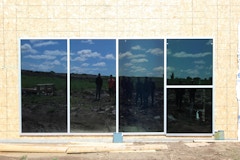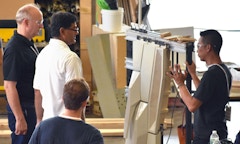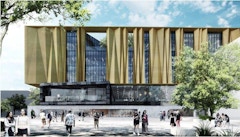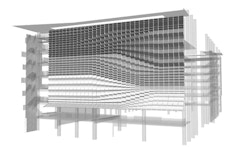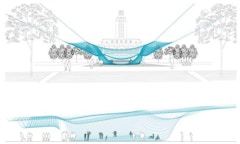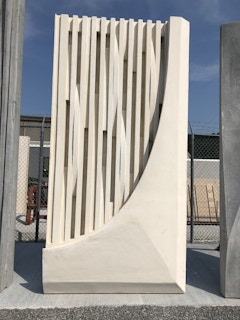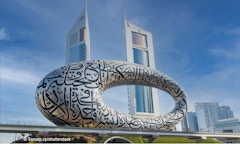
2nd International NEXT Facade Summit: Think Globally, Build Locally
The NEXT Partners, together with DBZ DEUTSCHE BAUZEITSCHRIFT as media partner, cordially invite you to the 2nd International NEXT Façade Summit on March 25, 2021 as a livestream event.

